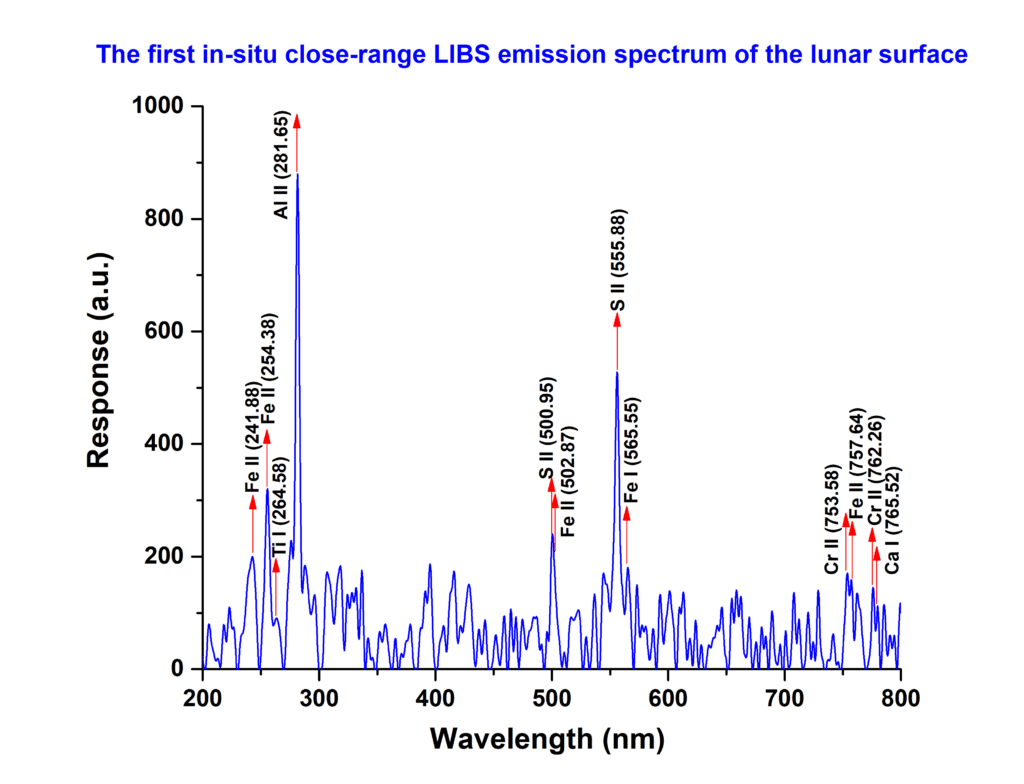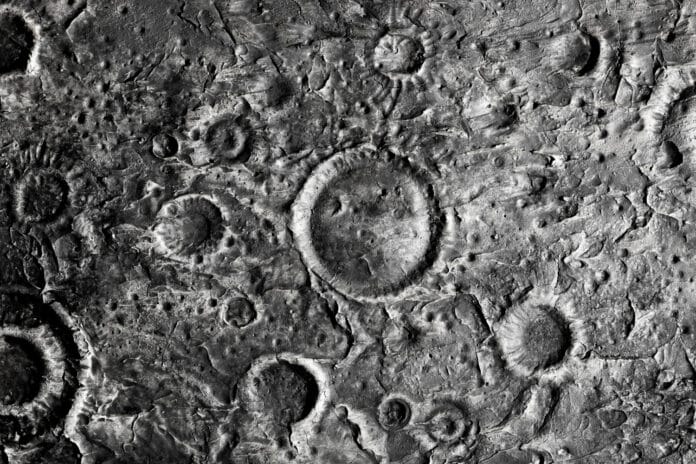On August 23, 2023, Chnadrayaan-3 soft landed on the moon’s south pole. Just after its landing, the rover started its mobility operations.
One of the rover’s payloads, Laser Induced Breakdown Spectroscope (LIBS), has made the first-ever in-situ measurements on the elemental composition of the lunar surface near the south pole. The instrument has confirmed the presence of Sulphur (S) in the lunar surface near the south pole.
By exposing materials to powerful laser pulses, the scientific method known as LIBS evaluates the composition of the materials. A surface substance, such as dirt or rock, is targeted by a high-energy laser pulse. The laser pulse creates a scorching and concentrated plasma. Detectors like Charge Coupled Devices spectrally resolve and pick up the gathered plasma light. When an element is in a plasma state, it emits a distinctive range of light wavelengths that can be used to identify the elemental composition of the substance.

“Aluminum (Al), Sulphur (S), Calcium (Ca), Iron (Fe), Chromium (Cr), and Titanium (Ti), as expected. Further measurements have revealed the presence of manganese (Mn), silicon (Si), and oxygen (O). Search for Hydrogen (H) is underway,” noted ISRO.
